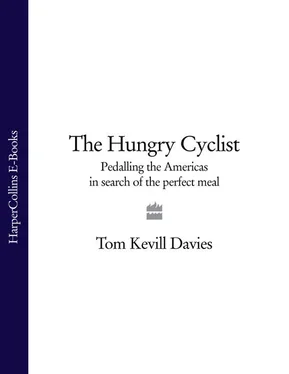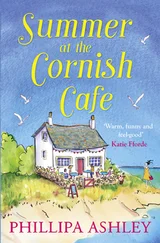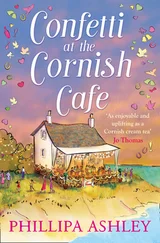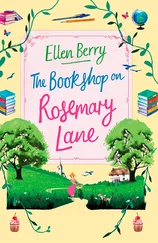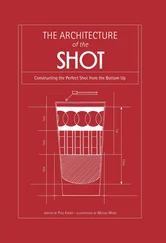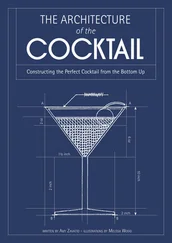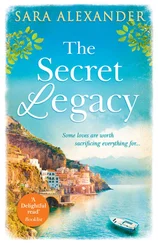Whoop! Whoop! Whoop! Whoop!
An immaculately polished fire engine let out a controlled blast on its siren and the parade began to inch forward through the backstreets of Frazee before turning on to the main street. Frazee may only have had a population of 1,500 but her main street was lined with cheering residents and visitors. I rode with no hands and cycled in circles like a circus performer, rang my bell and waved to the crowds. The streets were lined with families and children who swooped like seagulls to pick up the sweets I tossed to them from my handlebar bag, like all the characters on the other floats were doing.
It was a surreal experience. Police cars and fire engines let off their sirens. The marching band played perfectly, while silver batons were tossed high into the air. Scantily-clad cheerleaders with turkey-fattened thighs ducked and dived, shaking day-glo tinsel pompoms. Clowns on stilts mingled with dancing turkeys, a group of fez-wearing old men in go-karts swerved crazily. Cowboys and cowgirls trotted on horses, their harnesses jingling. Vintage cars beeped their horns, children rode on the back of plump pigs, and the Hungry Cyclist rang his bell and cycled amidst this hallucinatory procession. I had no doubt that I would see some weird and wonderful things on my way to Brazil, but my weekend in Frazee would take some beating.
In the last two days all my Christmases had come at once and, never wanting to see a turkey again, I left Frazee and moved west towards North Dakota and Fargo, a large Midwestern town made famous by the Cohen Brothers’ 1996 film of the same name. By all accounts the townspeople of Fargo could not have been more excited at having a feature film made about their beloved city, only to find that it portrayed them as group of backward, inbreeding maniacs who liked feeding people into industrial shredders. I didn’t find any maniacs in Fargo, just car dealerships, endless strip malls and organised traffic patterns that cleverly led you to the doors of Burger King or Starbucks.
Less than happy with my stay, I turned northward for Grand Forks and got my first taste of the scale and emptiness of this rarely documented heart of America. Gone were the winding roads and the meandering highways that connected the small towns of Michigan and Minnesota. Here in North Dakota getting from A to B was much more functional and the straight roads on my map now looked like the national grid, a system perhaps left behind by the German farmers who settled here in the nineteenth century. Riding Highway 200, I was now on a straight road that would be my home for two weeks and carry me five hundred miles across North Dakota, from small town to small town without deviation. Day after day I moved gently, silently through flat fields that stretched as far as the eye could see, unbroken in every direction. I was cycling across the floor of a giant room. Take a pedal-boat cruise across the Atlantic and you will have an idea what it’s like to move so slowly over such a vast distance. Gentle winds generated hypnotic waves through the corn, wheat and flax that surrounded me, as if an invisible giant was slowly dragging his hands over the tops of his crops. Perhaps it sounds monotonous, but this huge state, half the size of Europe with a population of no more than 650,000, held a unique peace and tranquillity all of its own, and as a tiny speck in this enormous landscape of land and sky I felt blissfully unimportant. I passed under herds of huge clouds moving gently across the deep blue sky, casting heavy shadows over the landscape like dark sprits. When I wasn’t deep in thought, thinking about why I was thinking about what I was thinking about, I found ways to entertain myself on the never-ending strip of tarmac that passed beneath me. Mystified truck drivers peered down from their air-conditioned cabins in bewilderment at the strange Englishman pedalling across the state with a good book propped up on his handlebars.
More often than not they would release long, deep blasts of greeting from their air horns. The deafening noise would startle me from my book, forcing me to swerve and wobble as twenty tons of fast-moving cargo rushed past me in a violent vortex of wind and dust. Unlike the dirty and impersonal lorries of England, these huge juggernauts were palaces of polished metal, boasting rows of chrome-capped wheels, bright fenders and cabs personalised with flames, crossed pistols and semi-naked women, like those found on World War Two fighter planes. Tall vertical aluminium exhausts protruded like proud animal horns and their personalised slogans— Got A Problem? Just Try JESUS! and Keep Honking I’m Reloading —were the last words of wisdom they offered me before vanishing into the distance. Following slowly in their wake with my own heavy load decorated with stickers, flags and lucky charms, I felt an affinity with these kings of the road.
A water tower would appear in the haze on the horizon. Or was it another figment of my imagination? No, definitely a water tower. A symbol of life out here in this empty space. The sign of another small town with shops, a gas station and perhaps a diner. Incentives to up the pace a little. These small towns off Highway 200 were few and far between and could be over a hundred miles apart. Two days of cycling if the wind was against you, and ten hours in the saddle if it was on your side. Either way I would roll into town hungry, exhausted, but triumphant to have made it to another oasis lush with fizzy drinks, conversation, rest rooms, running water, milkshakes and hamburgers.
One-street towns, they all had their own local eatery: Tina’s, the Prairie Rose, the Midwest Café. And in each one the décor didn’t seem to have changed since John Travolta and Olivia Newton-John warbled at each other at the local drive-in. The daily specials, normally an item from the regular menu with 25 cents knocked off the price, were always a good bet, and the food was almost always fresh, home-made and served with a smile. Chunky home-made burgers topped with onions, mushrooms and any cheese you wanted as long as it was processed, turkey ruben sandwiches, well-stacked BLTs, plastic baskets of fries served on a red-and-white-checked napkin, malted milks, and always a home-made pie.
I do not normally have a sweet tooth, but riding an overloaded bike made my body crave sugar, and as I rode through North Dakota I got my daily fix from these pies, displayed in chrome and glass cabinets like prize exhibits in a museum. Peanut butter pie, apple pie, blueberry pie, Saskatoon pie, peach Melba pie, rhubarb and custard. These marvellous pastry-encrusted creations came with a dollop of vanilla ice cream as standard, and were washed down with a cup of coffee. The perfect post-lunch pit stop.
These small, friendly and cheap eateries that fed me every day determined my routine. Camping where I could—town squares, fields, farmyards and parking lots—I would grab a light supper at the local diner and then join the truck drivers and other men of the road sipping coffee while staring out of the windows at the sporadic traffic that flashed in the darkness like figures in an Edward Hopper painting.
‘What time are you open tomorrow morning?’
‘Five-thirty.’
‘See you then.’
In the comfort of my tent I would drift to sleep anticipating the breakfast that waited when the sun came up. And rising at day-break I would make my way back to the same diner, already abuzz with hungry local farmers. Worn-out jeans, frayed checked shirts and braces pulled tight over a large frame. This was standard dress for these leather-skinned men of the land who would fill the tables and booths of the small diners. Eating together, drinking gallons of coffee and talking, always talking. Initially it was all too easy to categorise them as simple-minded rednecks who let the wrong people get into power, but every morning as I sat and munched my way through cream-topped waffles, syrup-drenched pancakes, crunchy hash browns, cinnamon buns and French toast, I would tap into their conversations with fascination.
Читать дальше
